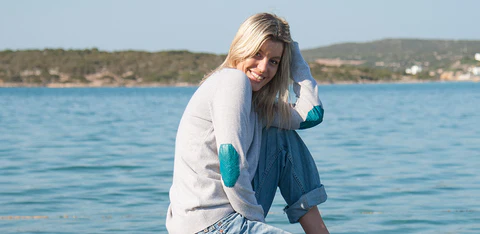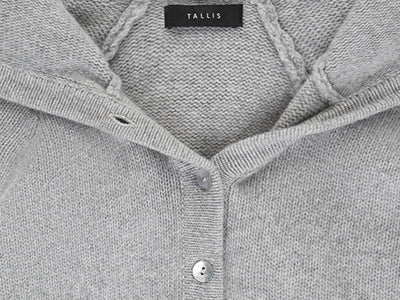Many of us use only 20 – 30% of our wardrobe. We tend to go back to a few items that are in recent circulation. This leaves up to 80% of our clothes untouched. We are often tempted by quick-fix purchases to change our look or keep up-to-date with fashion trends. But there’s often more than enough in our own wardrobes to stop us being tempted by so-called ‘fast-fashion’ purchases.
HERE ARE SOME IDEAS TO GET BACK IN TOUCH WITH YOUR WARDROBE.
- Try ‘the closet challenge’ – Wear one different item of your wardrobe every day. It’s a great way to rediscover what you have.
- Shop in your wardrobe – Browse through your clothes and make new outfits. Rediscover and fall back in love with some of the things you already have.
- Don’t let the seasons limit you. Why not wear summer skirts and dresses paired with sweaters and boots or trainers in the middle of winter? It’s a great look and very comfortable! And the same for summer days: a beautiful cashmere sweater looks gorgeous with a pair of shorts for a breezy day at the beach.

CONSIDER THESE ECO WAYS TO REDUCE YOUR WARDROBE.
- Clothes swap – Organise a party with friends and exchange clothes. It’s so much fun, especially with a glass or wine or two!
- Organise and donate clothes – Once you have worked out what you won’t use anymore, take it to a local charity shop or research other local donation schemes. Schools often organise collections, so sort children’s clothes in a separate bag ready to be donated.
- Sell them – second-hand fashion is poised to over take fast-fashion in 10 years. If you have high-quality clothing you never wear, consider listing it online or taking it to a consignment store. Somebody else is sure to love it!
AND WHEN YOU DO NEED TO BUY MORE, MAKE IT WORTH IT.. INVEST IN KEY ITEMS OF THE BEST QUALITY.
- Choose clothes made of high-quality, natural fibres – they are long-lasting, temperature regulating and comfortable against your skin. Natural fibres also need less washing, saving you money as well as the environment (you can air them between wears).
- Make sure that clothes you purchase are classic pieces and versatile. Try to ensure they will work with your whole wardrobe.



